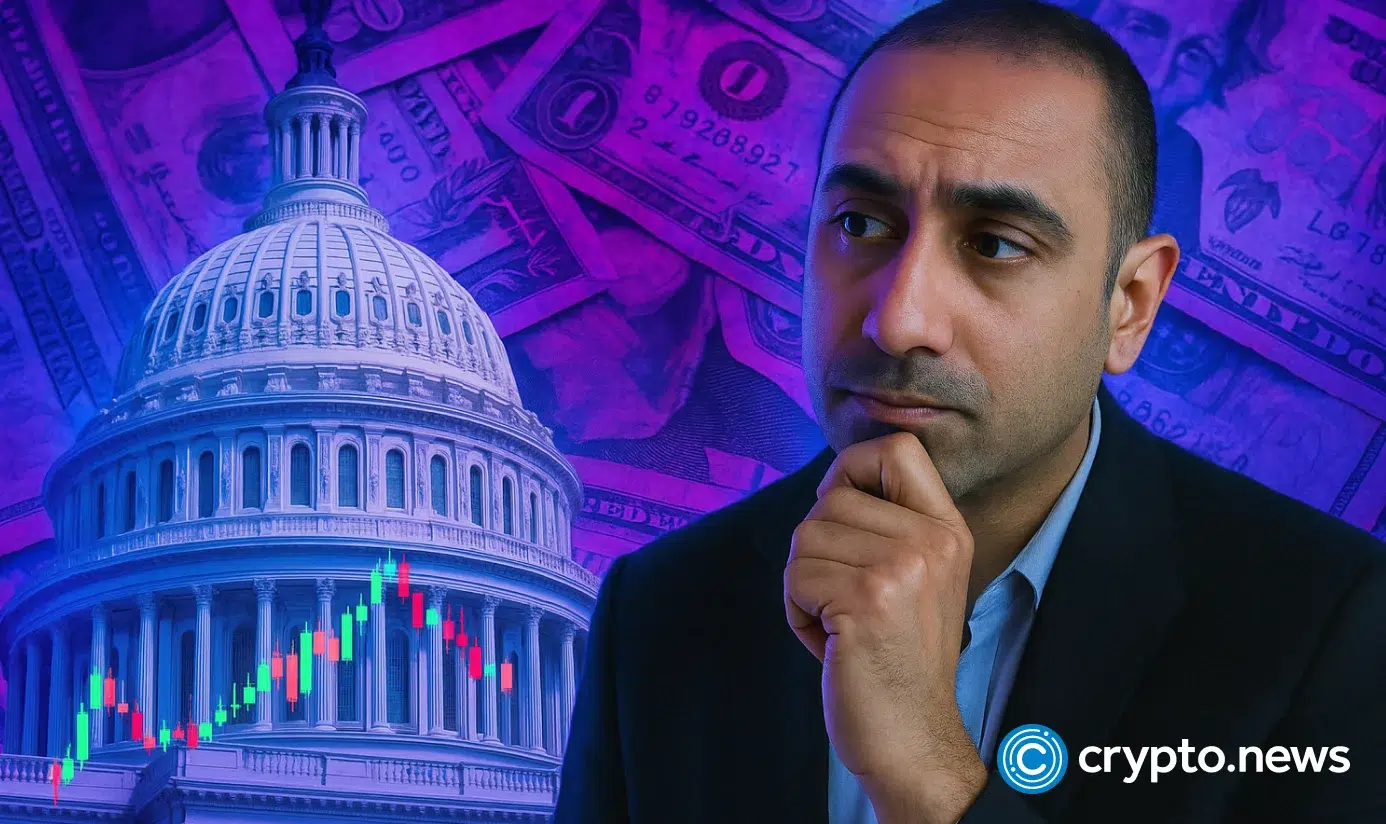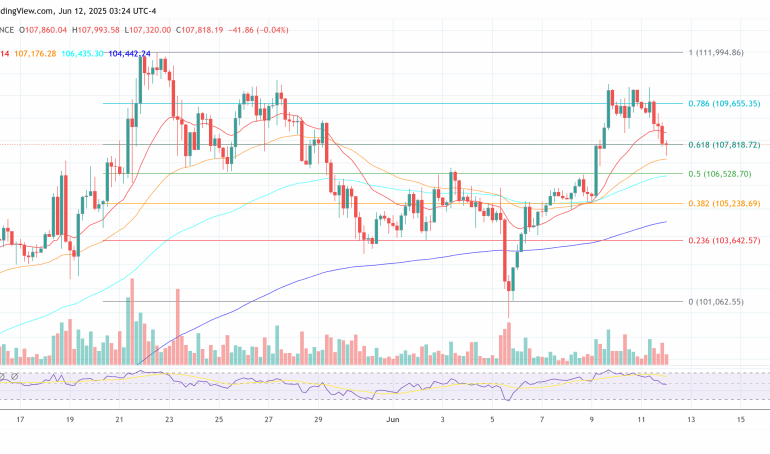
The U.S. Debt Crisis: A Looming Threat?
Former Coinbase CTO Balaji Srinivasan has issued a stark warning: “There is no fix” for the U.S. national debt. His comments come amid growing concerns that America may be heading toward a soft default—not through missed payments, but through inflation and currency devaluation. With the national debt ballooning to $175 trillion (including unfunded liabilities), the situation is becoming increasingly unsustainable.

What Is a Soft Default?
A soft default occurs when a government erodes the real value of its debt through inflation rather than outright refusing to pay. This can happen when central banks print excessive money, leading to higher prices and a weaker currency. Srinivasan argues that the U.S. is already on this path, with the Federal Reserve’s monetary policies contributing to long-term financial instability.
Why Traditional Solutions Won’t Work
Politicians often propose solutions like tax hikes or spending cuts, but Srinivasan believes these measures are insufficient. Here’s why:
- Debt-to-GDP Ratio: The U.S. debt is now larger than its entire economic output, making repayment nearly impossible without drastic measures.
- Political Gridlock: Congress has repeatedly failed to address the debt crisis, with both parties unwilling to make tough fiscal decisions.
- Global Trust Erosion: If investors lose faith in the U.S. dollar, demand for Treasury bonds could collapse, triggering a financial crisis.
The Role of Cryptocurrency in a Debt Crisis
As faith in traditional financial systems wanes, cryptocurrencies like Bitcoin and stablecoins may offer an alternative. Srinivasan has long advocated for decentralized finance as a hedge against inflation and government mismanagement. Key benefits include:
- Decentralization: No single entity controls Bitcoin, making it resistant to government manipulation.
- Scarcity: Bitcoin’s fixed supply (21 million coins) contrasts with the unlimited printing of fiat currencies.
- Global Accessibility: Crypto provides financial sovereignty, especially in countries with unstable economies.
What Comes Next?
If Srinivasan’s predictions hold true, the U.S. could face:
- Higher inflation rates
- A weaker dollar in global markets
- Increased interest in alternative assets like gold and crypto
While no one can predict the future with certainty, the warning signs are clear. Investors and policymakers must prepare for potential economic turbulence—whether through diversification, hedging strategies, or systemic reforms.
Do you think the U.S. can avoid a debt crisis, or is a financial reckoning inevitable? Share your thoughts in the comments.



